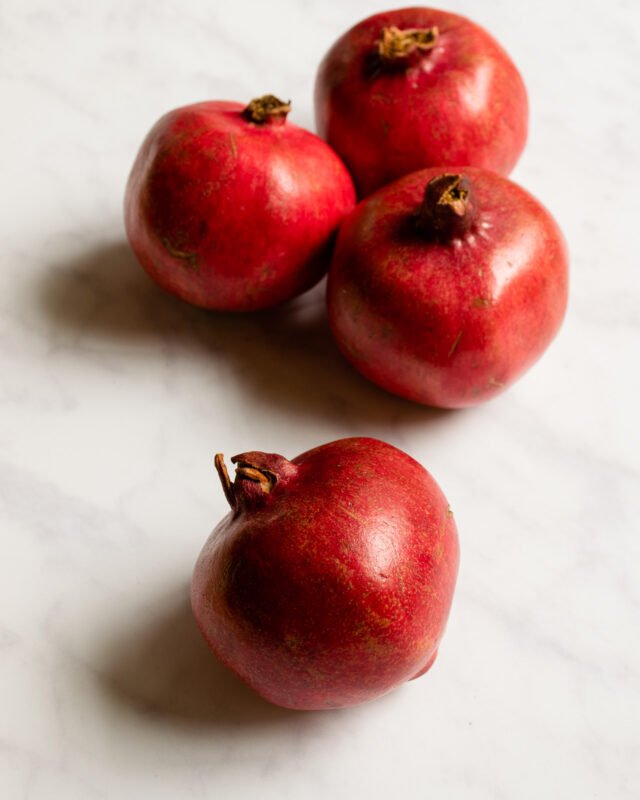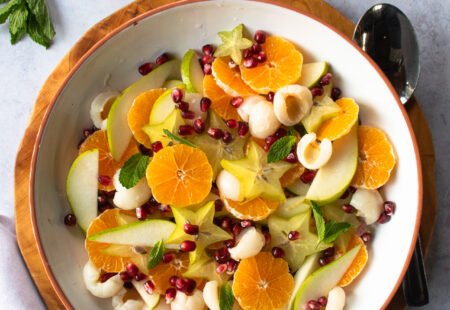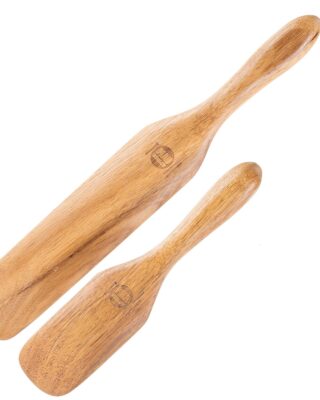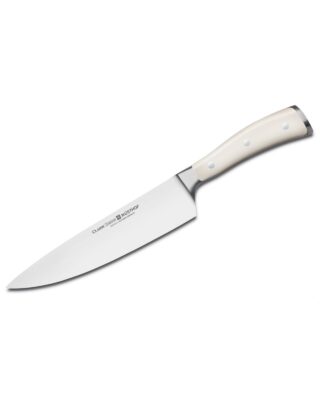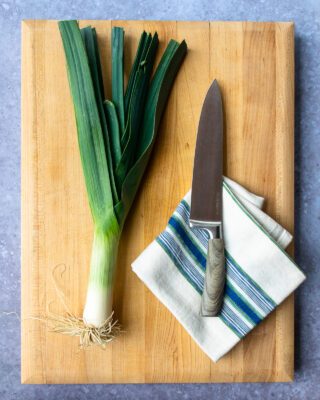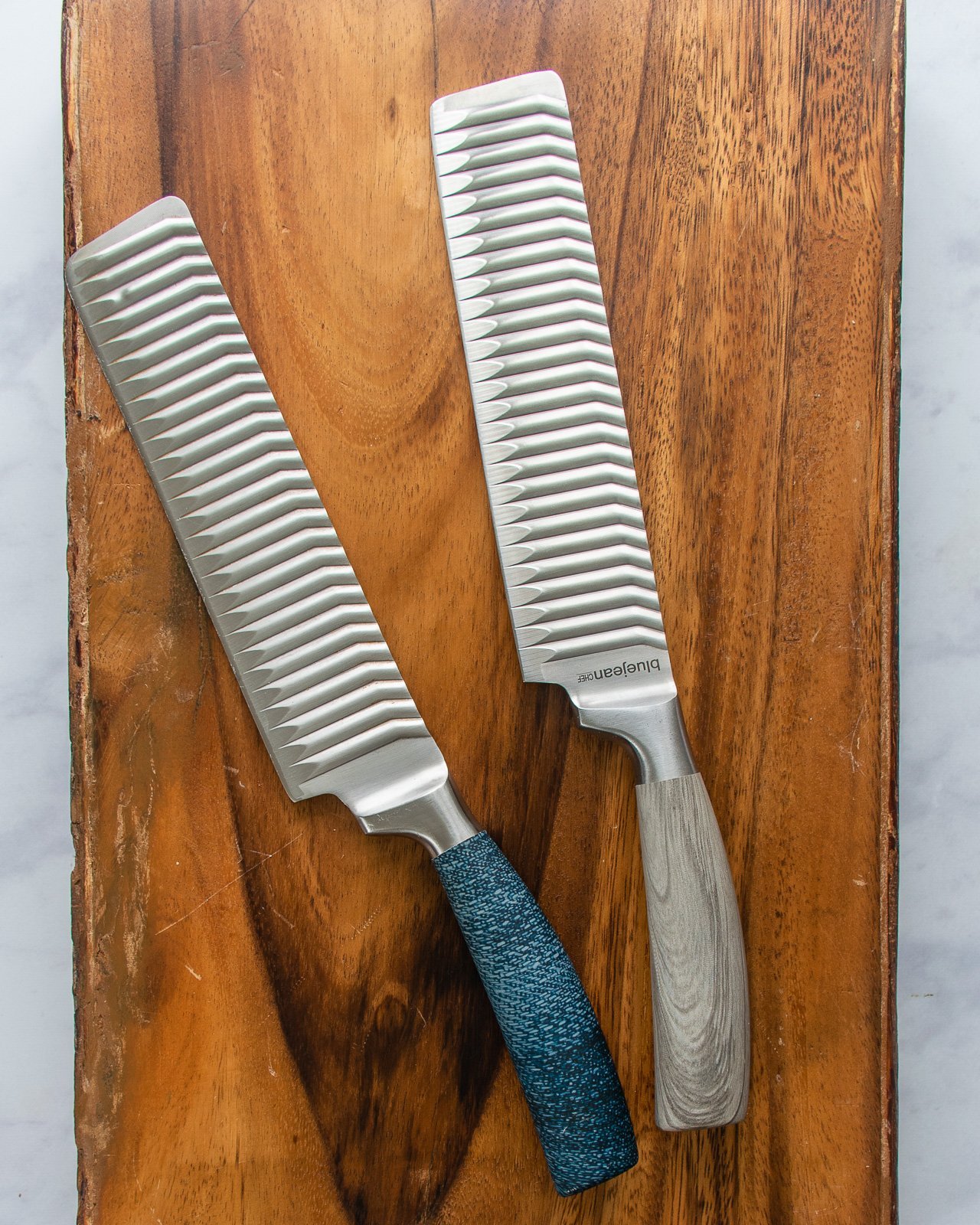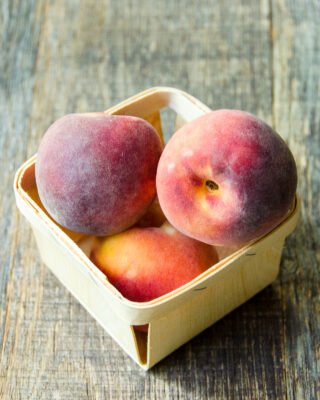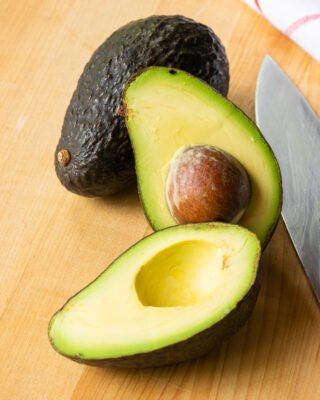Pomegranates are beautiful fruit, both the whole fruit and the seeds (or arils) inside that we use in so many recipes. These beautiful fruit originated in the Middle East and India and the origin of the name “pomegranate” can be derived back to the Latin for “apple” and “seeded”. Once you’ve seen the inside of this fruit, that will make perfect sense to you.
While you can find sweet pomegranate molasses, pomegranate vinegar and pomegranate juices available in grocery stores these days, it’s usually the seeds of a pomegranate that we’re after. You can eat pomegranate seeds alone as a snack, toss them into a salad, sprinkle them on yogurt or cereal or oatmeal, serve them on top of hummus, add them to a fruit salad or even put them in a cocktail as a sparkly garnish. It’s true you can find pomegranate seeds available in small tubs for purchase in grocery stores, but you’ll find the seeds much fresher if you seed a pomegrante yourself and it’s not that hard to do.
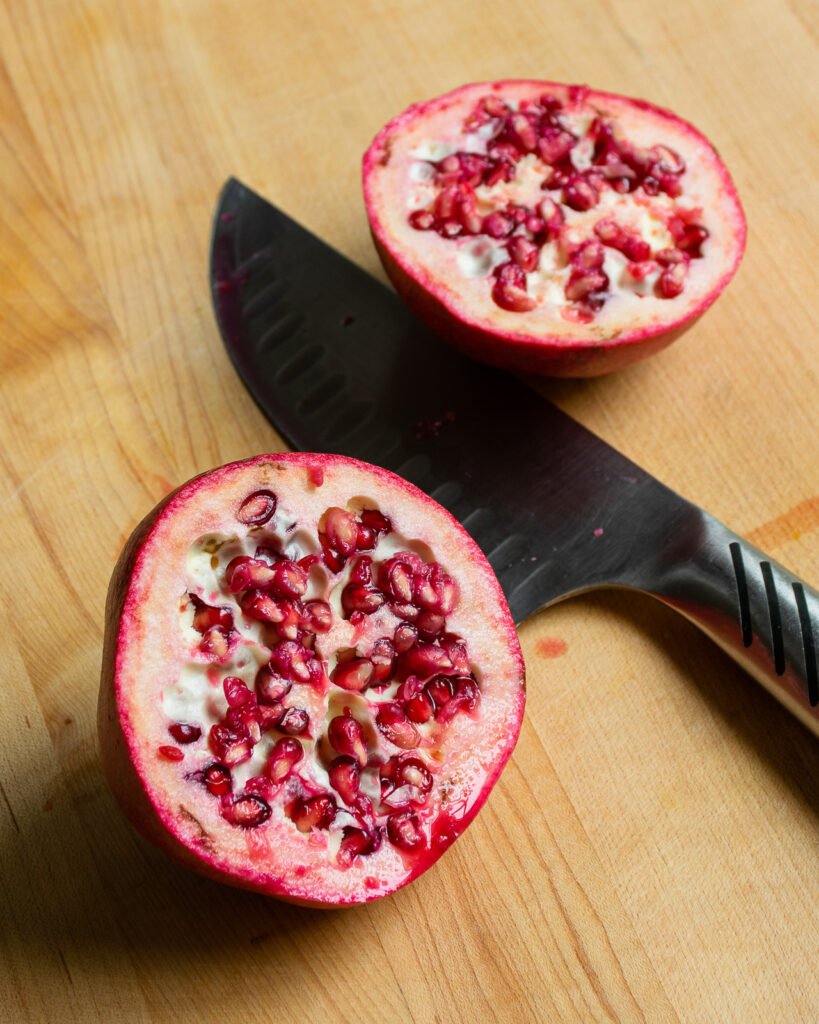
Start by acknowledging that you are going to have spritzes of pomegranate juice around when you seed a pomegranate and put on an apron if you care about your clothes. Pomegranate juice does stain. Then, slice the pomegranate in half. This is the moment of truth when you’ll see whether you have an abundant pomegranate or not. The example above is not very plentiful. The best way to select a pomegranate with this in mind is to pick the heaviest pomegranate in the bunch.
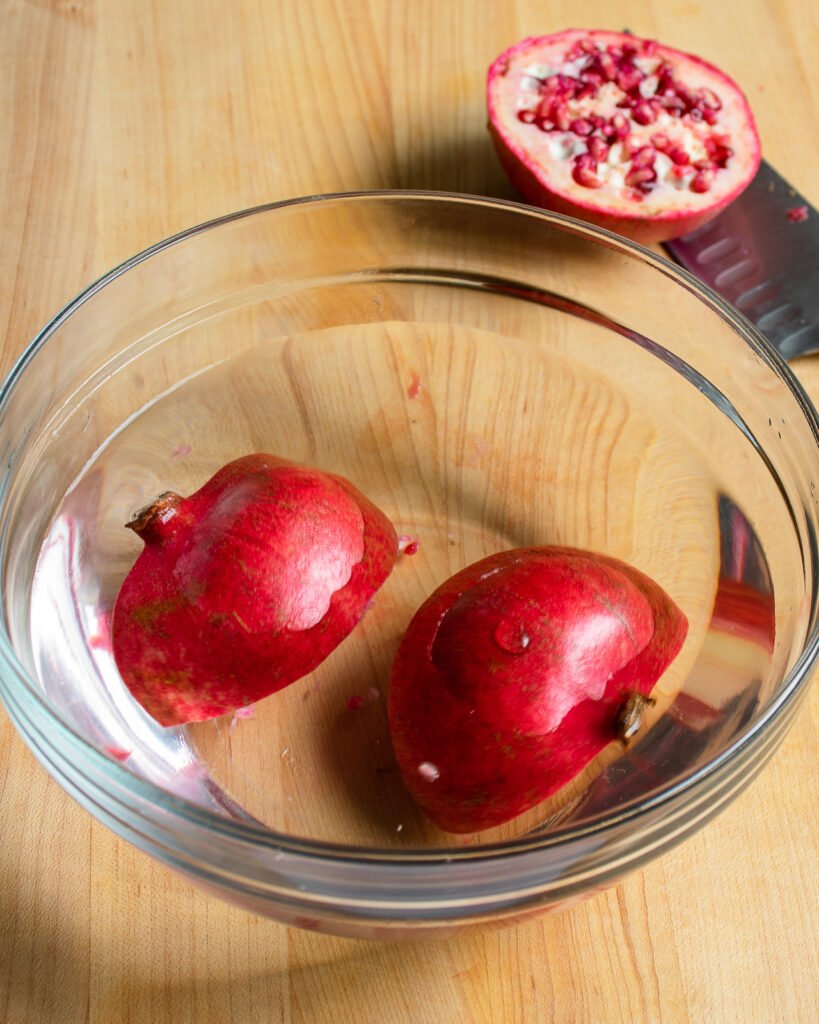
Then, fill a bowl with cold water. Break the pomegranate into this bowl of water and start to pick and rub the seeds out of the husk while the pomegranate is submerged. This will help prevent the staining juice from spraying around your kitchen.
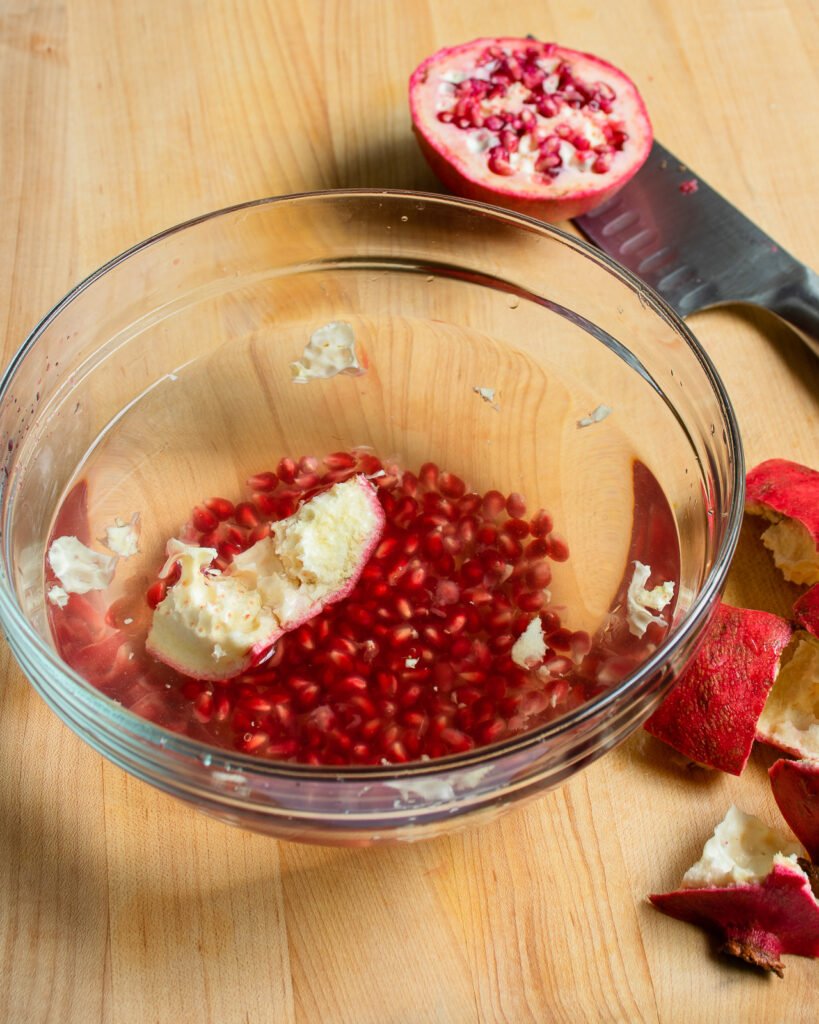
In addition to saving your clothes from stains, the bowl of water method also makes it easy to separate the seeds from the pieces of husk. The pomegranate seeds will sink to the bottom of the bowl and the pieces of husk that break off will float. That makes it very easy to skim away the pieces of husk from the surface of the water, leaving just the seeds behind.
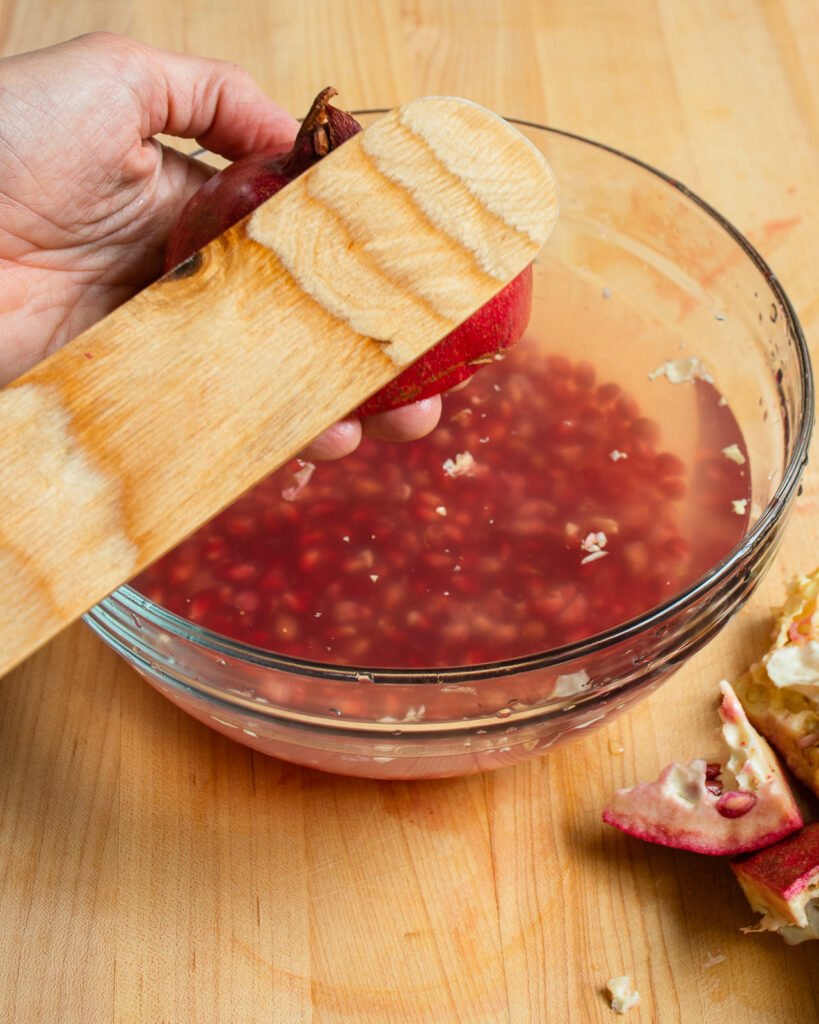
Another method to remove the seeds involves spanking the pomegranate. Score the inside of the pomegranate with your knife, making an “X”. Then, turn the pomegranate over and hit it firmly with a wooden spoon or spatula while holding it over the bowl of water. The seeds will pop out and sink into the water. You will find this method is a little messier than just picking the seeds out with your fingers, but it is a little faster.
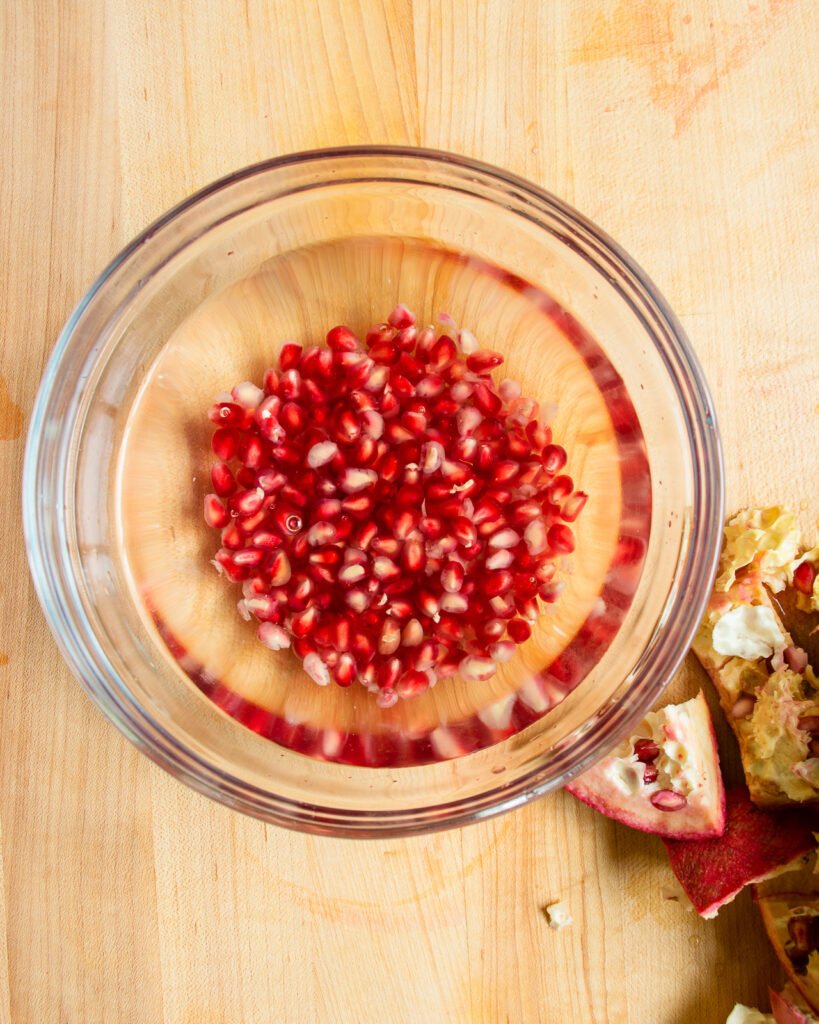
Once you’ve worked through all the husks and outer skin, you’ll be left with little jewels of pomegranate seeds in the bottom of your bowl. Drain and store these in an air-tight container if you’re not using all of them at once. They will last up to five days in your refrigerator, or you can freeze them for a couple months.
Quick Notes:
- Pomegranates are full of Vitamin C and B6
- Pomegranate anatomy: a tough outer skin, a pithy husk and seeds (or arils)
- When buying a pomegranate, pick the heaviest one – that will be the one with the most seeds inside.
- Pomegranate juice stains, so wear an apron when seeding them
- A bowl of water helps prevent the juice from spraying (and staining) everywhere
- Method:
- Cut the pomegranate in half
- Break half of the pomegranate in half again, while submerged in the bowl of water
- Rub or pick the seeds away from the pithy husk while holding the pomegranate under water
- The seeds will sink to the bottom of the bowl while the white husk that falls off will rise to the surface
- Skim the white husk off the surface of the water and discard
- Drain the seeds and use right away or store in an airtight container in the fridge.
- Pomegranate seeds can be stored in the fridge for up to 5 days or in the freezer for up to 2 months.
